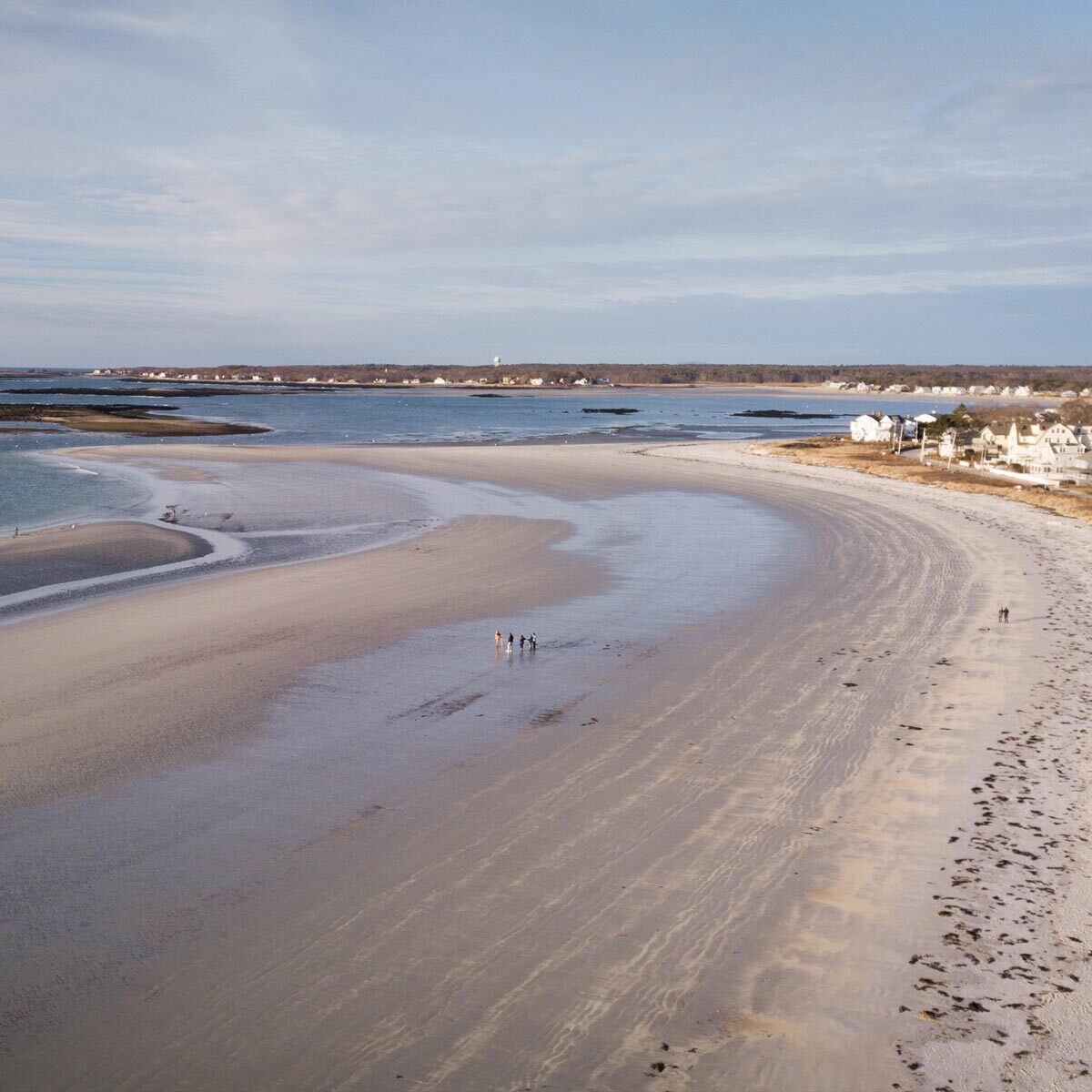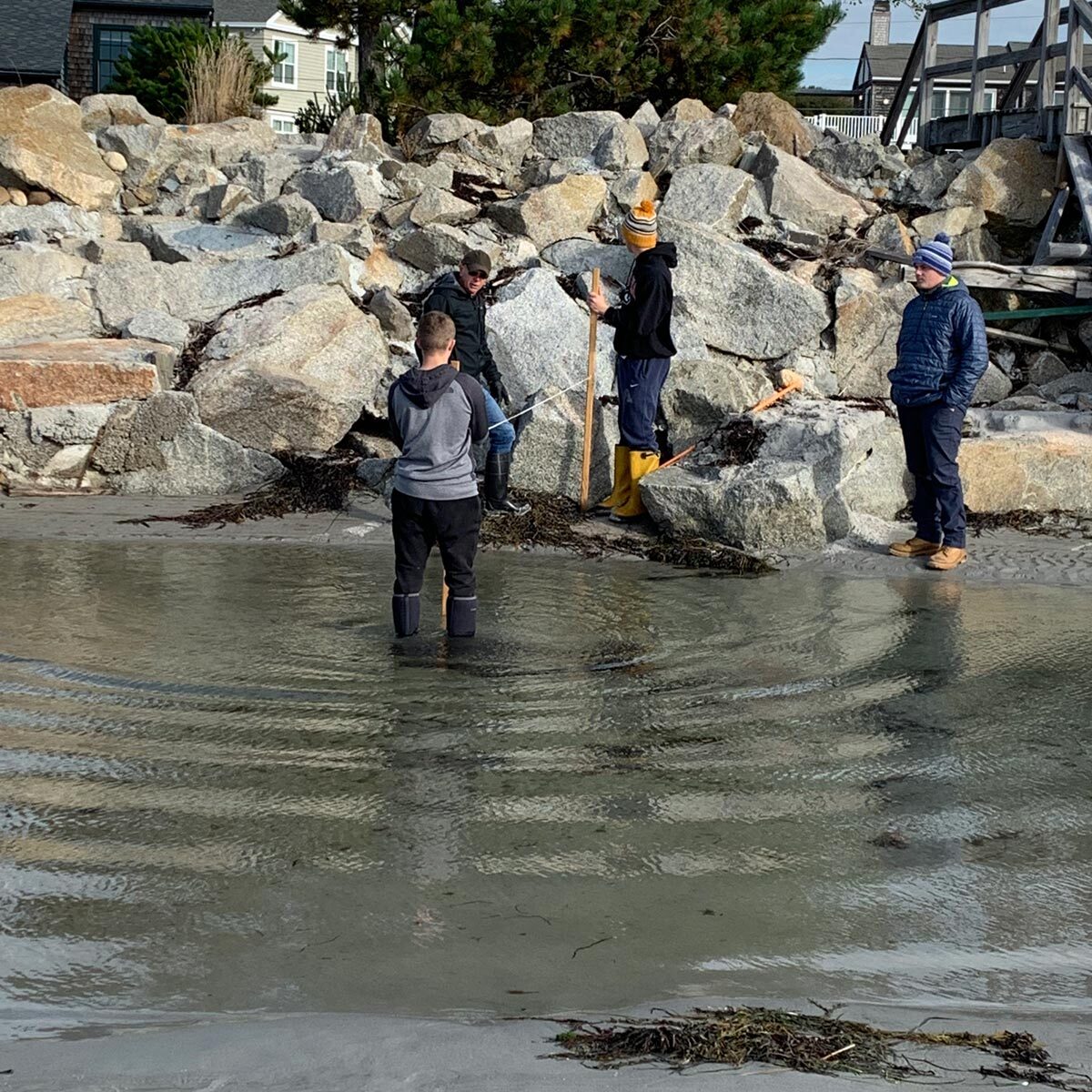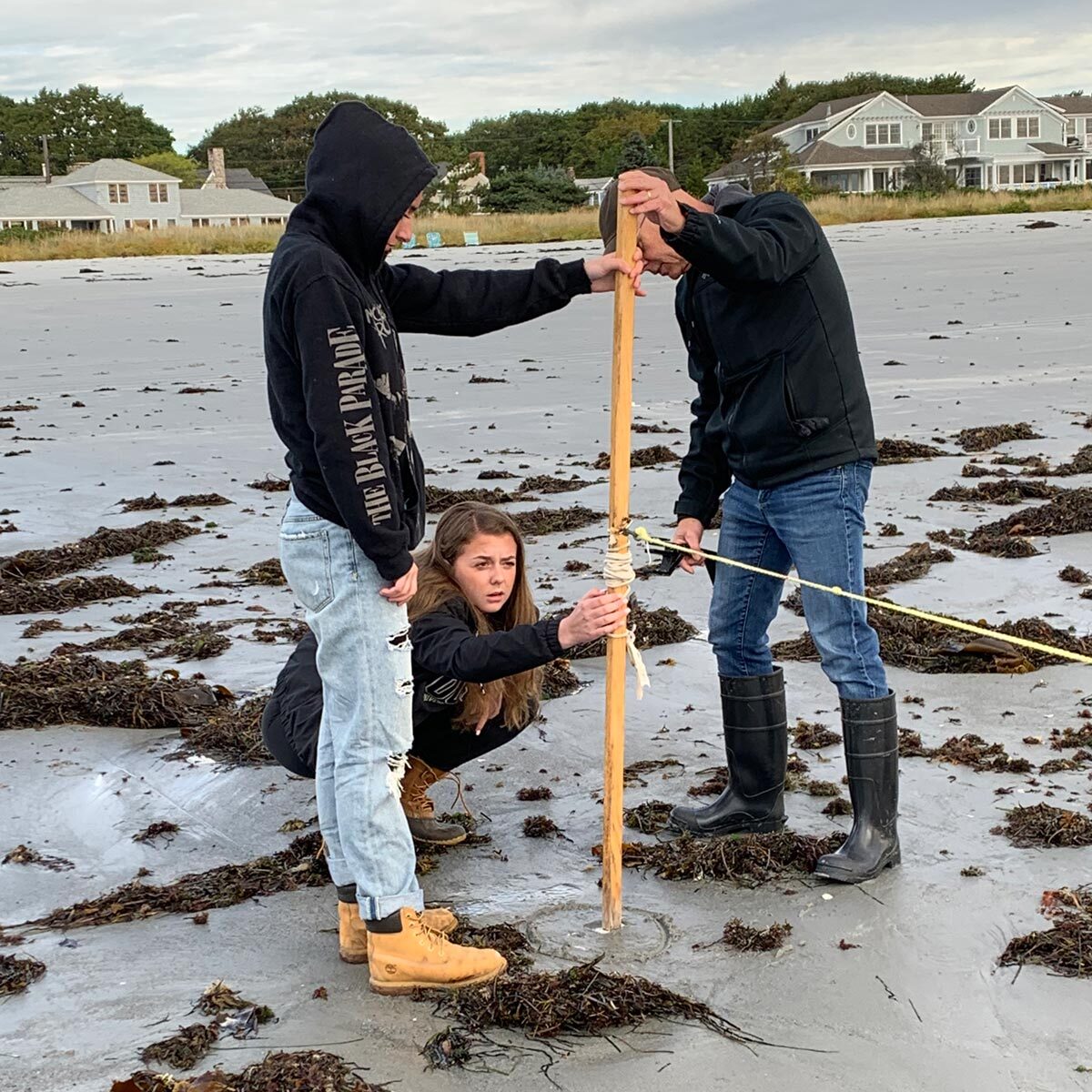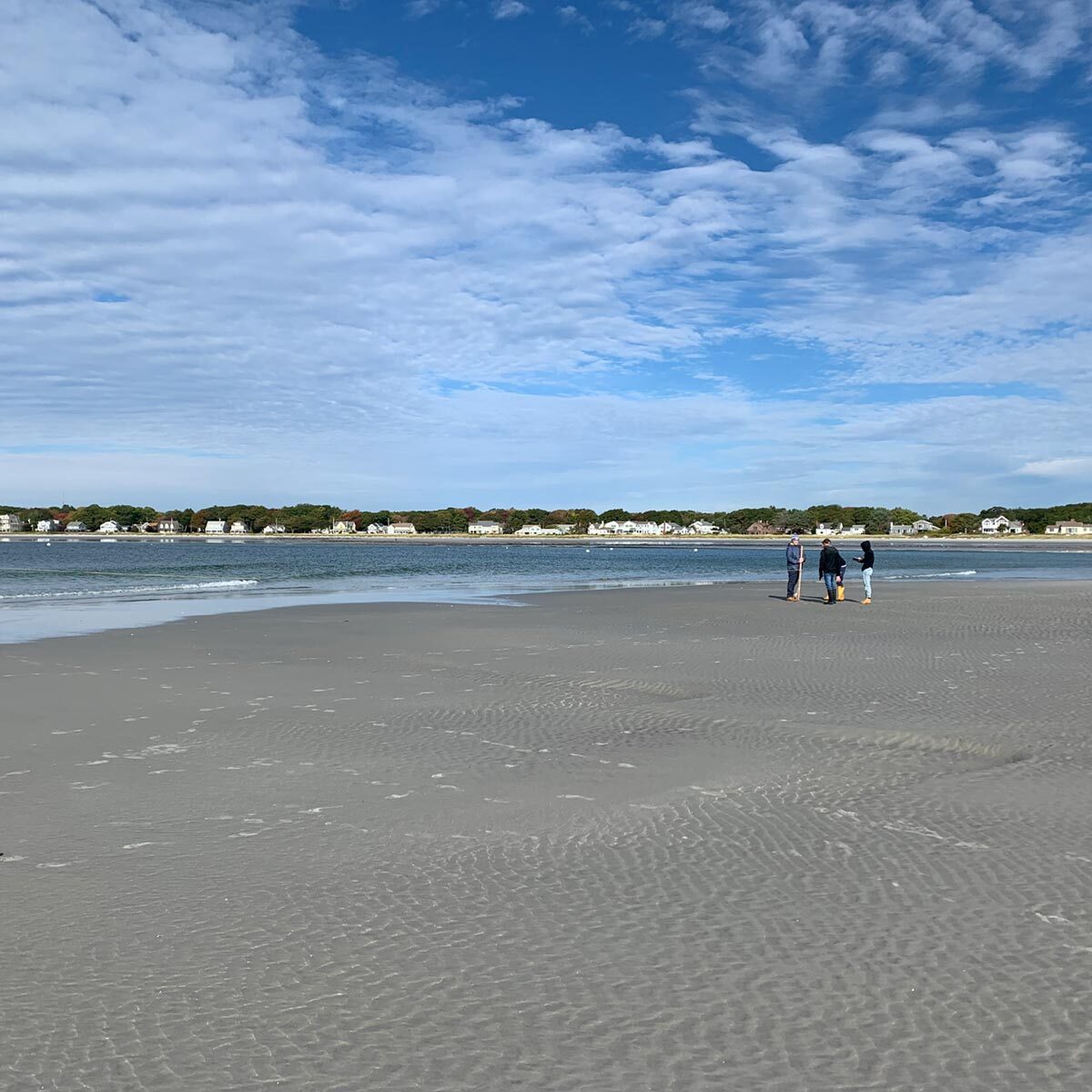Our Take
Sea levels are rising around the globe due to warming temperatures and glacier melt. TCI is tracking this on the community front through green action and finding ways to adapt to protect coastal communities and freshwater systems.
Educate Yourself
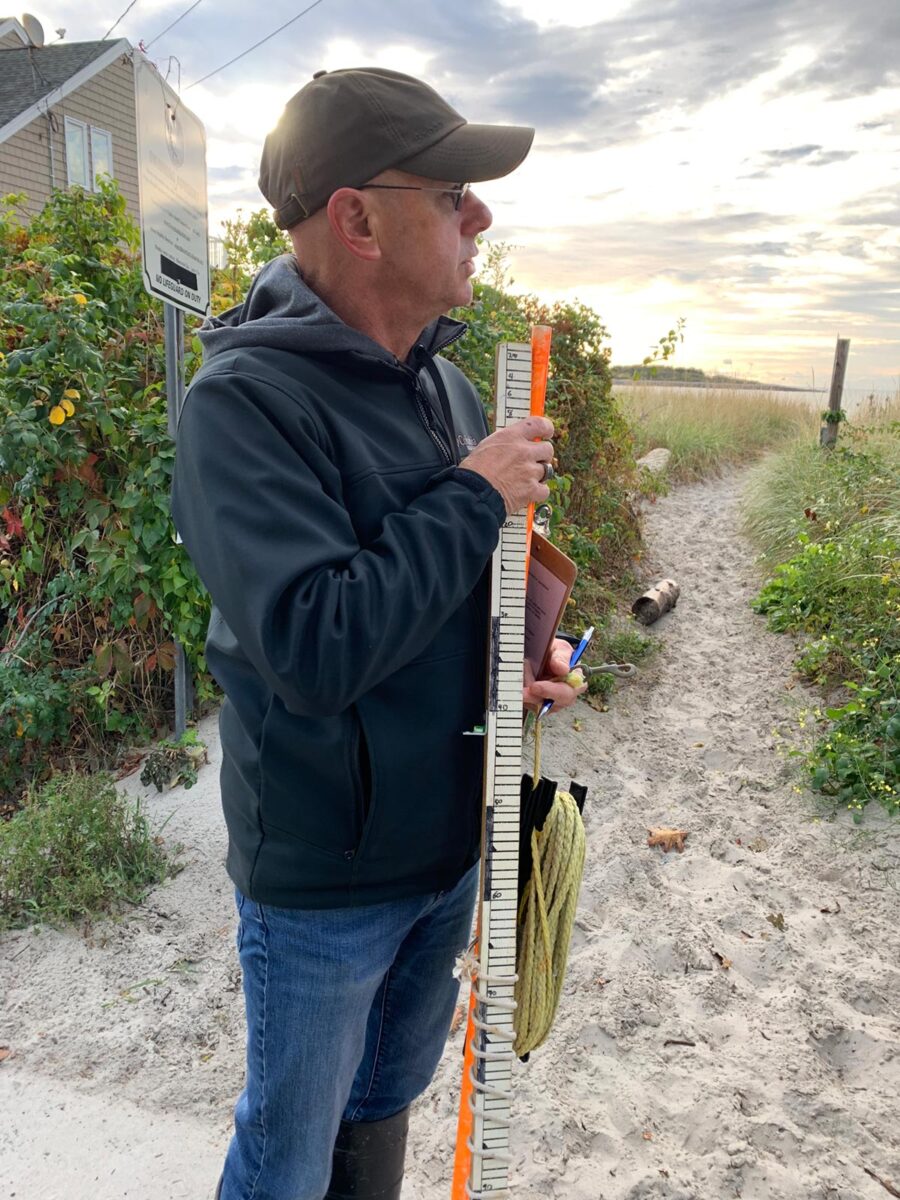
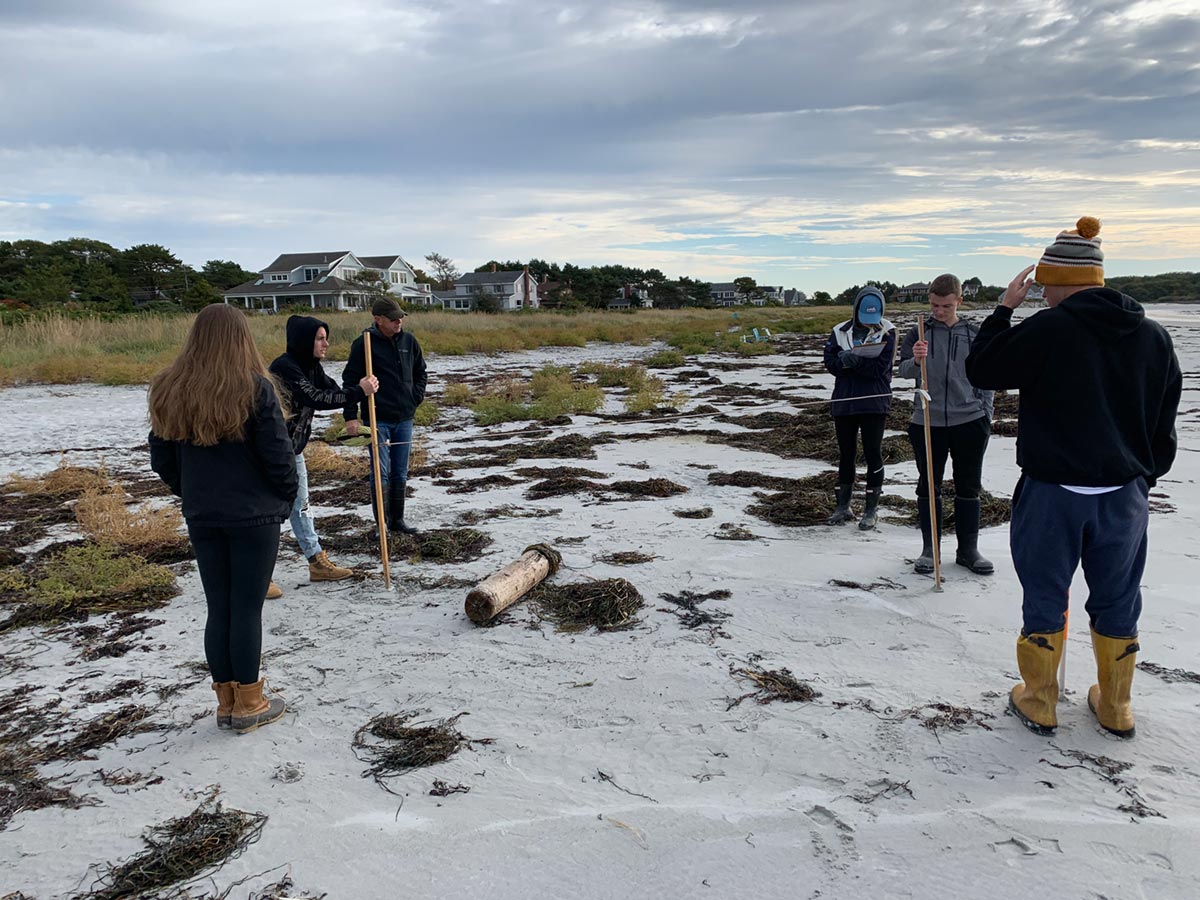
Quick Facts
1.5
1.5°C is the average global temperature tipping point for irreversible changes in our natural ecosystems like 10-30 inches of global sea level rise by 2100.[2]
66%
66% is the increased acceleration of sea level rise over the last five years compared to previous centuries.[3]
68.67
68.67 trillion is the amount of ice lost from 1992 to 2015 from the North and South Poles.[4]
680
680 million is the total number of people living less than 10 feet above sea level on coasts across the world[5]
What is happening?
Sea level rise measures the increasing height of ocean water across the globe caused by climate change. There are two primary causes of sea level rise:
1. Land-Based Ice Melt | During the warm season ice melts from glaciers and ice sheets in the polar regions. Water running off the land builds up in the ocean (adding more water to a cup that is already mostly full). The warm seasons are longer and warmer causing more land-based ice to melt, and to melt faster.
2. Warming Water Temperatures | As greenhouse gases increase in the atmosphere (think Carbon Dioxide, Methane and Nitrous Oxide), heat from UV radiation is trapped on Earth. The ocean acts like a big sponge to this heat absorbing most of it, but as the heat is absorbed, water molecules expand. This expansion increases the volume of water in the ocean and further raises global sea levels.
What are the effects?
As sea levels rise, coastal communities and freshwater systems are at risk. Beaches are washing away, marshes are moving inland, homes are crumbling into the sea, and flooding washes out our roads and sewage systems.
Infrastructure isn’t the only thing lost along the coast. Jobs, cultural heritage, and natural areas for wildlife are threatened by the shifting coastline as well. As seawater comes further inland, we also lose important sources of freshwater and drinking water. With water already being scarce globally, we need to protect our water sources as much as possible.
Models predict that 40% of the global population is directly threatened by sea level rise and its impacts.[1] These same models can be used to understand the factors leading to sea level rise and can spark important community conversations around how prepared our towns are and what local actions need to be taken. By acting now to slow down or stop the impacts of sea level rise, we do our part to #slowtherise and save coastal communities, protect our fisheries, and coastal wildlife.

